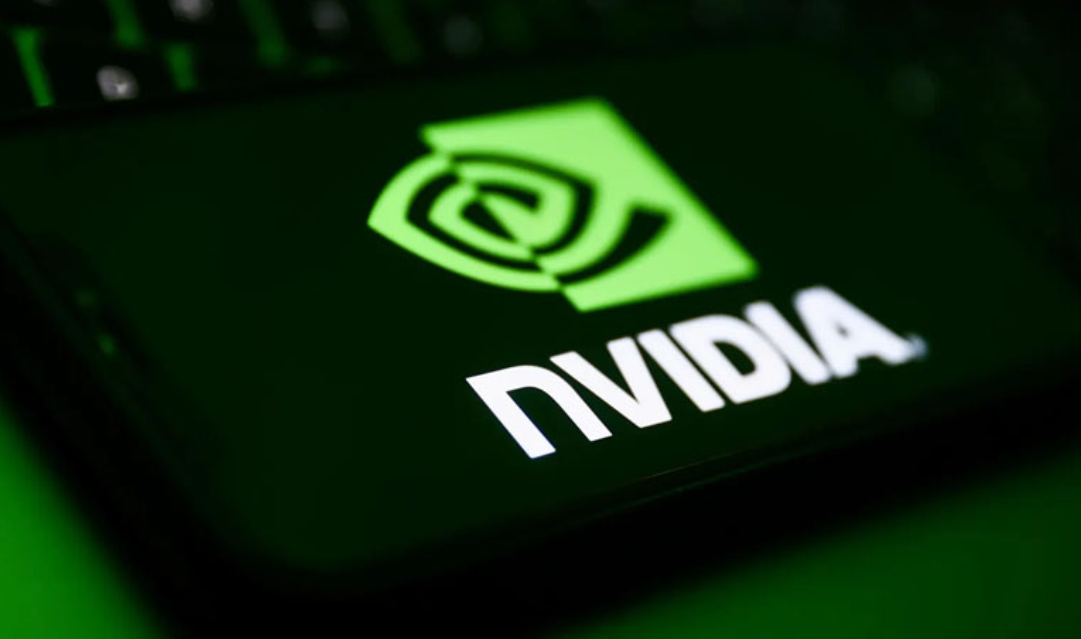Nvidia FY25Q2 revenue growth strong, but gross margin worries
NVIDIA continues to impress with its strong revenue growth, but its latest earnings report has some investors cautiously optimistic.

NVIDIA continued to show strong revenue growth in its latest earnings report, but a slightly weaker-than-expected gross margin outlook has some investors cautiously optimistic. While the company's overall financial performance exceeded most expectations, the decline in gross margins could raise concerns among investors who closely monitor the semiconductor giant's profitability.
Detailed analysis of the earnings report
NVIDIA's revenue for the second quarter of fiscal year 2025 reached an impressive $30 billion, beating the market's general estimate of $28.7 billion. Non-GAAP earnings per share (EPS) likewise exceeded expectations, coming in at $0.68, above the forecast of $0.65. This result marked a 122% year-over-year increase in revenue, further cementing the company's leadership position in the semiconductor industry.
However, the company's gross margin declined to 75.7%, down from 78.9% in the previous quarter. This decline was partially attributed to higher costs associated with new products and lower yields on Blackwell inventory. Management has adjusted its gross margin expectations for the current fiscal year, which are now expected to stabilize in the mid-70% range, implying that gross margins could decline further in the coming quarters.
On the other hand, demand for NVIDIA's Hopper architecture remains strong, and the Blackwell product line is expected to contribute significantly to the company's revenue in the next quarter, despite market concerns about potential delays. In addition, growth in the gaming and automotive divisions exceeded expectations, with gaming revenue up 9% sequentially and automotive revenue up 5%.
Key points of concern for investors
- Strong revenue growth: NVIDIA's revenue growth momentum is expected to continue through 2025, thanks to strong demand in a variety of areas, including data centers and gaming. The company's ability to outperform competitors in the AI and cloud computing markets is a major strength.
- Gross Margin Worry: Declining gross margins are a concern. Investors should pay close attention to how management responds to the cost challenges associated with new product lines, especially in light of the Blackwell inventory expansion. Gross margin stability is critical to maintaining investor confidence.
- Blackwell Delay Risk Mitigated: Management's outlook is optimistic, despite the fact that the market had been concerned that the Blackwell product line could face delays. The expected production ramp in Q4 may mitigate some of these concerns, but supply chain issues and competition remain risks.
- Valuation Considerations: NVIDIA currently trades at a forward P/E of 42x, at the high end of its five-year range. The higher valuation suggests that most of the growth has already been factored into the share price, and any poor execution could lead to volatility.
For long-term investors, NVIDIA's growth remains attractive, particularly its dominant position in AI and the potential for further growth in its data center and automotive divisions. However, high valuations and gross margin issues mean the stock could be at risk of short-term volatility.
Risks to be aware of
- Inventory management: As NVIDIA ramps up production, managing inventory efficiently will become critical. Any failure to do so could result in excess inventory, which could depress margins.
- Increased competition: The semiconductor market is highly competitive, with potential threats from major cloud service providers and on-premise solutions developed by other semiconductor companies.
- Market volatility: Given the current high valuation, NVIDIA's share price could be affected by market corrections or changes in investor sentiment, especially if future earnings reports show signs of margin compression or slower growth.
Disclaimer: The views in this article are from the original Creator and do not represent the views or position of Hawk Insight. The content of the article is for reference, communication and learning only, and does not constitute investment advice. If it involves copyright issues, please contact us for deletion.